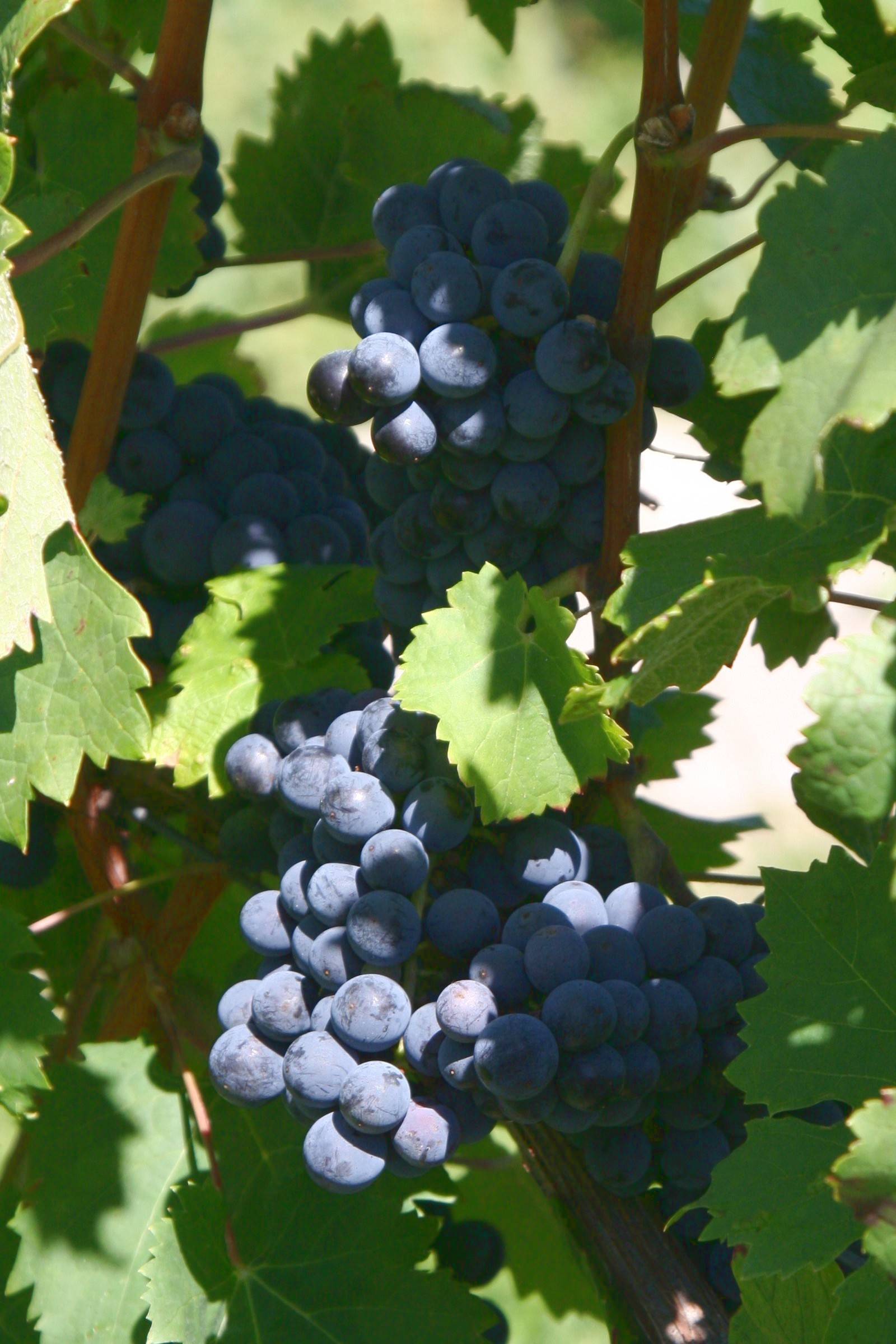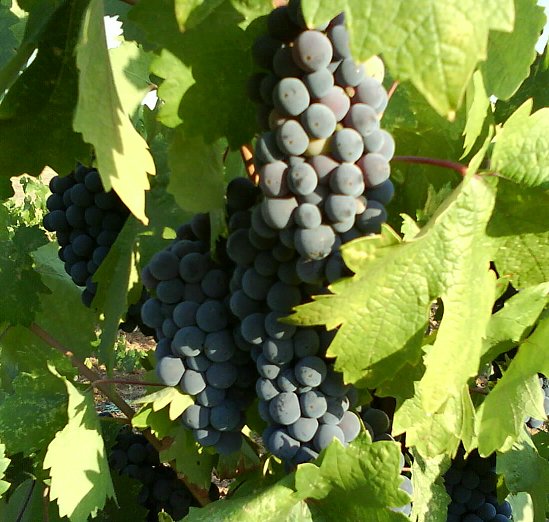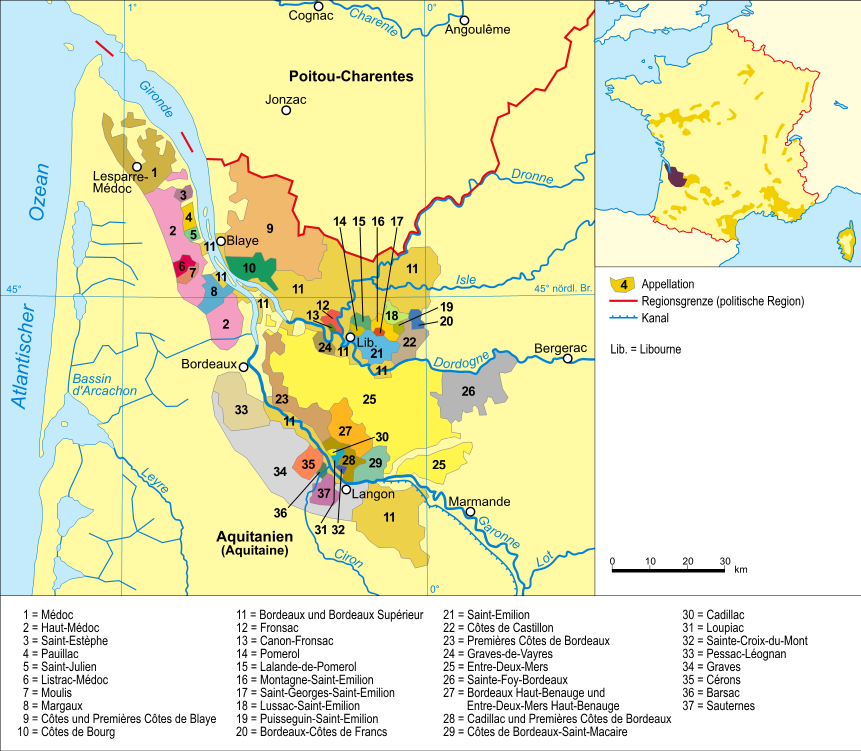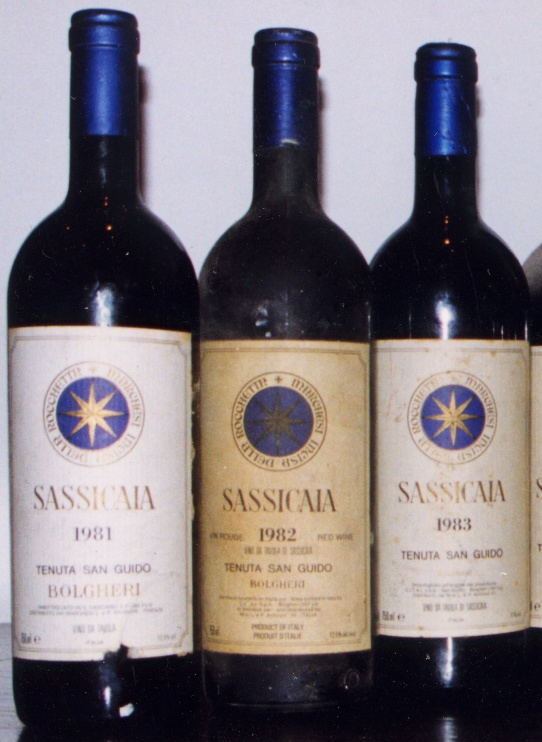|
Bolgheri (DOC)
Bolgheri () is a central Italian village and hamlet (''frazione'') of Castagneto Carducci, a municipality (''comune'') in the province of Livorno, Tuscany. in 2011 it had a population of 131. History First mentioned in 1075, in a papal bull by Pope Gregory VII, its name derives from ''Bulgari'' (Italian for "Bulgarians"), due to the presence of a military camp of Bulgarians, allies of the Lombards. Geography Bolgheri lies in the foothills of the Colline Metallifere, south of Bibbona ( north). It is from Casale Marittimo, from Donoratico, from Castagneto Carducci, from Cecina, from Piombino and from Livorno. Main sights * San Sebastiano * Santi Jacopo e Cristoforo * Sant'Antonio * Castle of Bolgheri Wine Bolgheri became an internationally known region following an event in 1974 arranged by ''Decanter'' where a 6-year-old Sassicaia won over an assortment of Bordeaux wines. Prior to this, Bolgheri had been relatively anonymous producers of ordinary white wines and rosé ... [...More Info...] [...Related Items...] OR: [Wikipedia] [Google] [Baidu] |
Province Of Livorno
The province of Livorno () or, traditionally, province of Leghorn, is a Provinces of Italy, province in the Tuscany region of Italy. It includes several islands of the Tuscan Archipelago, including Elba and Capraia. Its capital is the city of Livorno. When formed in 1861, the province included only Livorno and Elba Island. It was extended in 1925 with land from the provinces of province of Pisa, Pisa and province of Genoa, Genoa. It has an area of and a total population of 343,003 (2012). The province contains 19 ''comuni'' (: ''comune''). The coastline of the area is known as "Costa degli Etruschi" (English: "Etruscan Coast"). The province of Livorno is coastal and contains a number of coastal towns. Livorno is a highly important port for tourism and trading, and a number of watchtowers are located nearby the city. At Calafuria, the sea contains sponges, shellfish, fish, and protected Precious coral, red coral (''Corallium rubrum''). The coastlines of Quercianella and Castiglion ... [...More Info...] [...Related Items...] OR: [Wikipedia] [Google] [Baidu] |
Cecina, Tuscany
Cecina () is a ''comune'' (municipality) of 28,322 inhabitants in the Province of Livorno in the Italy, Italian region Tuscany, located about southwest of Florence and about southeast of Livorno. The territory of Cecina borders the following municipalities: Bibbona, Casale Marittimo, Castellina Marittima, Guardistallo, Montescudaio, Riparbella, Rosignano Marittimo. An archaeological park close to the town houses the remains of a Roman villa from the 1st century BC. History A settlement was founded here by the ancient Rome, Roman consul Albinus Caecina, who was a descendant of an ancient Etruscan society, Etruscan family. After the fall of the Western Roman Empire, the territory suffered a long period of decline, which only came to an end when the Grand Duchy of Tuscany, Grand Duke Leopold II of Tuscany began to develop local agriculture. The modern town was founded in 1852, but a part of the city was destroyed during World War II. From the 1960s onwards, it has developed ... [...More Info...] [...Related Items...] OR: [Wikipedia] [Google] [Baidu] |
Merlot
Merlot ( ) is a dark-blue-colored wine grape variety that is used as both a blending grape and for varietal wines. The name ''Merlot'' is thought to be a diminutive of , the French name for the blackbird, probably a reference to the color of the grape. Its softness and "fleshiness", combined with its earlier ripening, make Merlot a popular grape for blending with the sterner, later-ripening Cabernet Sauvignon, which tends to be higher in tannin. Along with Cabernet Sauvignon, Cabernet Franc, Malbec, and Petit Verdot, Merlot is one of the primary grapes used in Bordeaux wine, and it is the most widely planted grape in the Bordeaux wine regions. Merlot is also one of the most popular red wine varietals in many markets. This flexibility has helped to make it one of the world's most planted grape varieties. As of 2004, Merlot was estimated to be the third most grown variety at globally.J. Robinson (ed) ''The Oxford Companion to Wine'' Third Edition, Oxford University P ... [...More Info...] [...Related Items...] OR: [Wikipedia] [Google] [Baidu] |
Cabernet Sauvignon
Cabernet Sauvignon () is one of the world's most widely recognized red wine grape varieties. It is grown in nearly every major wine producing country among a diverse spectrum of climates from Australia and British Columbia, Canada to Lebanon's Beqaa Valley. This grape variety appeared in France in the 17th century as a result of natural crossbreeding. Its popularity is often attributed to its ease of cultivation—the grapes have thick skins and the vines are hardy and naturally low yielding, budding late to avoid frost and resistant to viticulture hazards. The classic profile of Cabernet Sauvignon tends to be full-bodied wines with high tannins and noticeable acidity that contributes to the wine's aging potential. In cool areas, it has flavors of blackcurrant and green pepper; in warmer places, it may taste like black cherry and olive; in very hot climates, it can have a jammy flavor. History and origins For many years, the origin of Cabernet Sauvignon was not cl ... [...More Info...] [...Related Items...] OR: [Wikipedia] [Google] [Baidu] |
Micro Climate
A microclimate (or micro-climate) is a local set of atmospheric conditions that differ from those in the surrounding areas, often slightly but sometimes substantially. The term may refer to areas as small as a few square meters or smaller (for example a garden bed, underneath a rock, or a cave) or as large as many square kilometers. Because climate is statistical, which implies spatial and temporal variation of the mean values of the describing parameters, microclimates are identified as statistically distinct conditions which occur and/or persist within a region. Microclimates can be found in most places but are most pronounced in topographically dynamic zones such as mountainous areas, islands, and coastal areas. Microclimates exist, for example, near bodies of water which may cool the local atmosphere, or in heavy urban areas where brick, concrete, and asphalt absorb the sun's energy, heat up, and re-radiate that heat to the ambient air: the resulting urban heat island (UH ... [...More Info...] [...Related Items...] OR: [Wikipedia] [Google] [Baidu] |
Soil
Soil, also commonly referred to as earth, is a mixture of organic matter, minerals, gases, water, and organisms that together support the life of plants and soil organisms. Some scientific definitions distinguish dirt from ''soil'' by restricting the former term specifically to displaced soil. Soil consists of a solid collection of minerals and organic matter (the soil matrix), as well as a porous phase that holds gases (the soil atmosphere) and water (the soil solution). Accordingly, soil is a three- state system of solids, liquids, and gases. Soil is a product of several factors: the influence of climate, relief (elevation, orientation, and slope of terrain), organisms, and the soil's parent materials (original minerals) interacting over time. It continually undergoes development by way of numerous physical, chemical and biological processes, which include weathering with associated erosion. Given its complexity and strong internal connectedness, soil ecologists ... [...More Info...] [...Related Items...] OR: [Wikipedia] [Google] [Baidu] |
Rosé
A rosé () is a type of wine that incorporates some of the wine color, color from the grape skins, but not enough to qualify it as a red wine. It may be the oldest known type of wine, as it is the most straightforward to make with the Maceration (wine), skin contact method. The pink color can range from a pale "onionskin" orange to a vivid near-purple, depending on the grape varieties used and winemaking techniques. Usually, the wine is labelled ''rosé'' in French, Portuguese, and English-speaking countries, rosado in Spanish, or rosato in Italian. There are three major ways to produce rosé wine: skin contact, ''saignée'', and Blending (alcohol production), blending. Rosé wines can be made still, Semi-sparkling wines, semi-sparkling or sparkling wine, sparkling and with a wide range of sweetness (wine), sweetness levels from highly dryness (taste), dry Provençal (wine), Provençal rosé to sweet White Zinfandels and blushes. Rosé wines are made from a wide variety of gra ... [...More Info...] [...Related Items...] OR: [Wikipedia] [Google] [Baidu] |
Bordeaux Wine
Bordeaux wine (; ) is produced in the Bordeaux region of southwest France, around the city of Bordeaux, on the Garonne River. To the north of the city, the Dordogne River joins the Garonne forming the broad estuary called the Gironde; the Gironde department, with a total vineyard area of 110,800 hectares, is the second largest wine-growing area in France behind the Languedoc-Rousillon. Average vintages produce over 700 million bottles of wine, ranging from large quantities of daily table wine to some of the world's most expensive and prestigious wines. The vast majority of wine produced in Bordeaux is red (sometimes called "claret" in Britain), with sweet white wines (most notably Sauternes), dry whites, and (in much smaller quantities) rosé and sparkling wines ( Crémant de Bordeaux) collectively making up the remainder. Bordeaux wine is made by more than 5,660 producers or ''châteaux''. There are 65 appellations of Bordeaux wine. History Viticulture was introduce ... [...More Info...] [...Related Items...] OR: [Wikipedia] [Google] [Baidu] |
Sassicaia
Tenuta San Guido is an Italian wine producer in the DOC Bolgheri in Toscana, known as a producer of "Super Tuscan" wine. It produces Sassicaia, a Bordeaux-style red wine. The estate also produces a second wine, Guidalberto, and a third wine, Le Difese. Tenuta San Guido is member of the Primum Familiae Vini. History Tenuta San Guido was established by marchese Mario Incisa della Rocchetta, who was also co-owner of the race horse Ribot. Considered the seminal " Super Tuscan", the name Sassicaia ( Italian ''sasso'' meaning "stone", indicating a stony field) originated in 1948 when first produced by Incisa della Rocchetta using Cabernet Sauvignon vines and for years only used for family consumption. A story about these vines being sourced from Château Lafite-Rothschild was dismissed by Mario's son, Nicolò Incisa della Rocchetta, as the vineyard was planted from "cuttings from 50-year-old vines from a friend's estate near Pisa". Though for years Sassicaia remained th ... [...More Info...] [...Related Items...] OR: [Wikipedia] [Google] [Baidu] |
Decanter (magazine)
''Decanter'' is a wine and wine-lifestyle media brand owned by Future plc. It includes a print and digital magazine, fine wine tasting events, a news website, a subscription website – ''Decanter Premium'', and the ''Decanter World Wine Awards''. The magazine, published in about 90 countries on a monthly basis, includes industry news, vintage guides and wine and spirits recommendations. History and profile Following the success of wine columns in British newspapers, the ''Decanter'' magazine was founded in London in 1975. ''Decanter'' is the oldest consumer wine publication in the United Kingdom. According to author Evelyne Resnick, it has a comparable function in the UK as the ''Wine Spectator ''Wine Spectator'' is an American lifestyle magazine that focuses on wine, wine culture and wine ratings. It is the flagship publication of M. Shanken Communications, which also publishes ''Cigar Aficionado'', ''Whisky Advocate'', ''Market Watch' ...'' has in the United States. As of 201 ... [...More Info...] [...Related Items...] OR: [Wikipedia] [Google] [Baidu] |
Sant'Antonio, Bolgheri
Sant'Antonio is a small Baroque architecture, baroque-style, Roman Catholic church or chapel located in the town of Bolgheri, in the municipality of Castagneto Carducci, province of Livorno, Tuscany, Italy. History The church was erected in 1686 in celebration of the liberation of Budapest from the Ottoman rule after the Battle of Buda (1686), Battle of Buda by Count Simone Maria Della Gherardesca family, Della Gherardesca, knight of the Tuscan Order of Santo Stefano, whose family crest is found on the facade below an oculus. Behind the altar is a depiction of the town and castle, and an altarpiece depicting the ''Ecstasy of St Anthony of Padua'', the titular saint. i luoghi della fede, website. References 17th-century Roman Catholic church buildings in Italy Baroque church buildings in Tusca ...[...More Info...] [...Related Items...] OR: [Wikipedia] [Google] [Baidu] |





